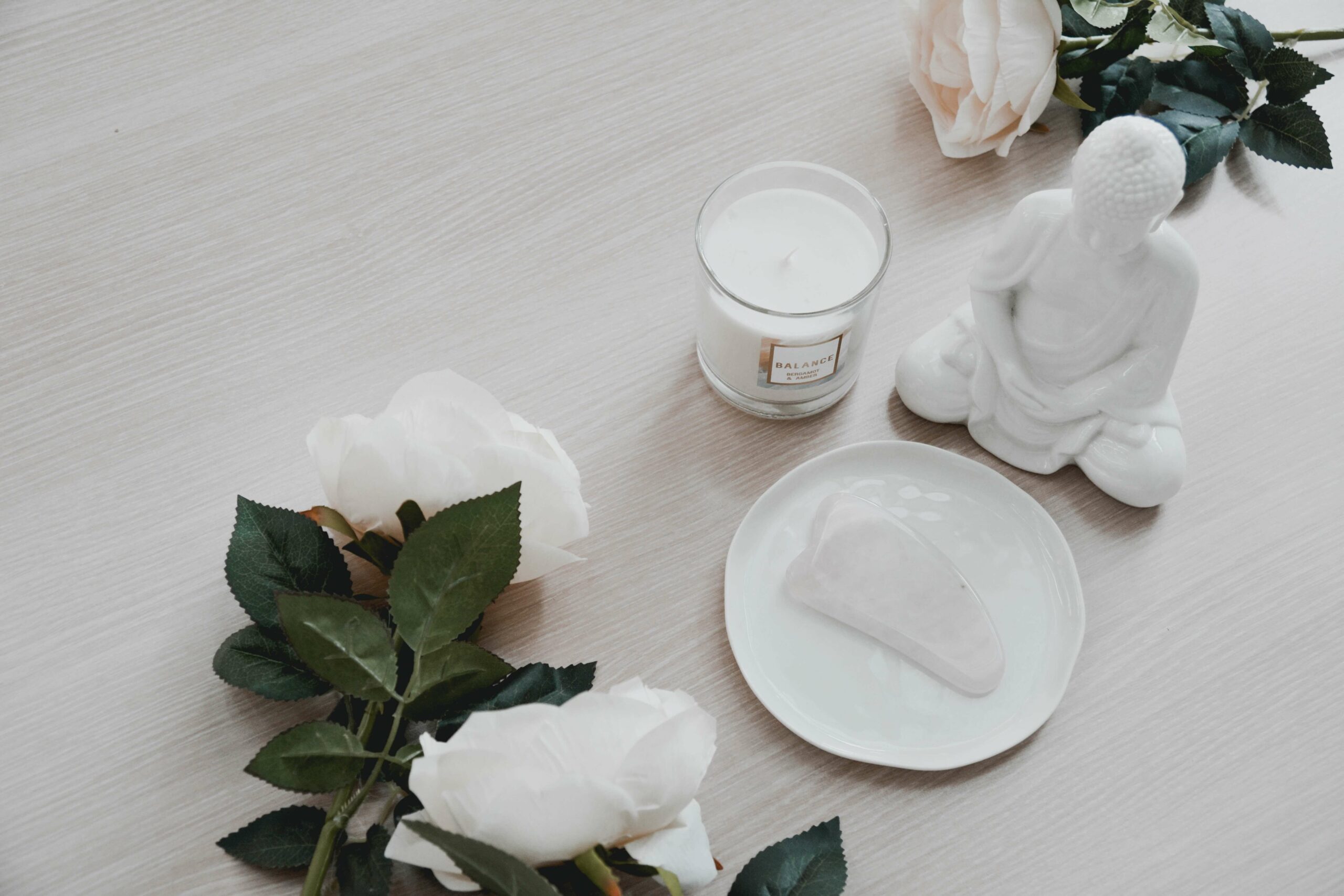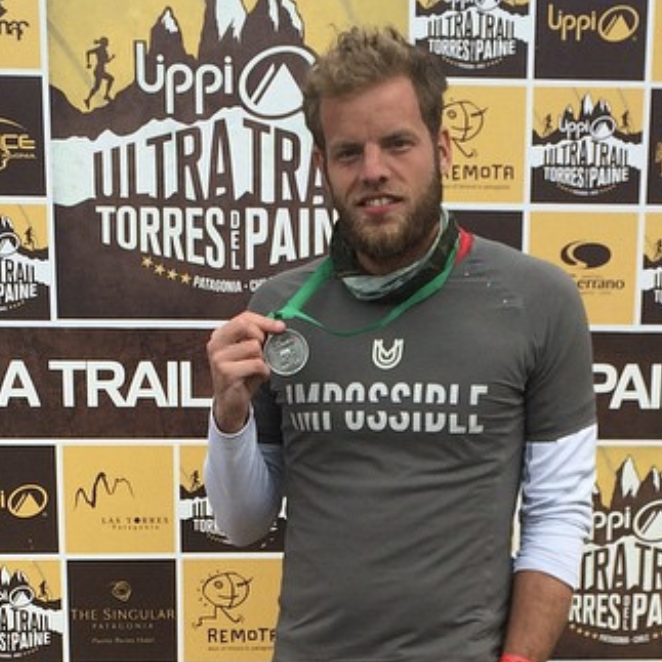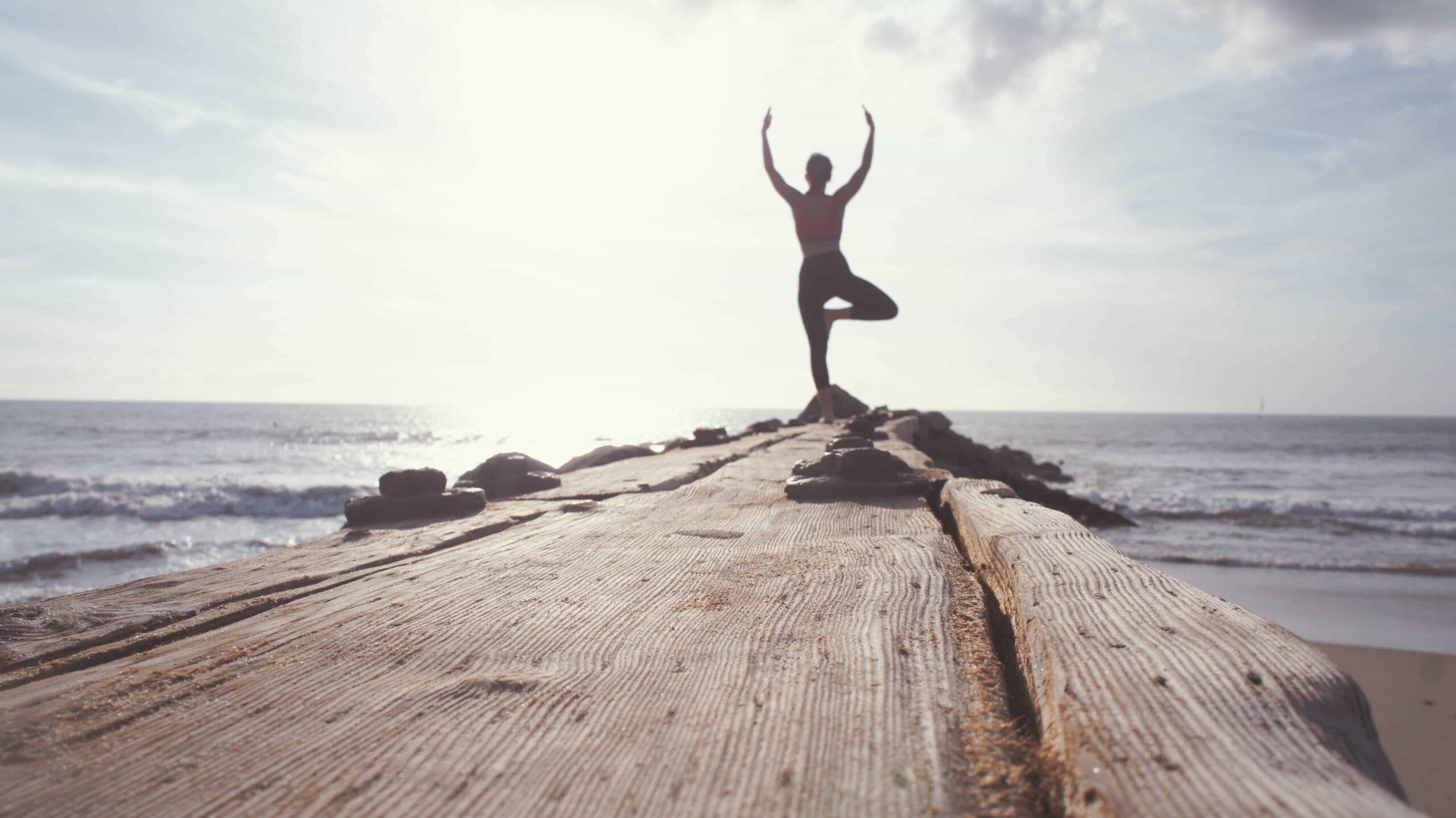For anyone interested in new ways to improve their health and wants to find a remedy for their stiff and tired muscles, gua sha is a natural therapy worth learning about and possibly trying in the new year. Although the popularity of gua sha has risen quickly in popularity and mainstream culture, it has been practiced for many years as part of traditional Chinese medicine.
When I first heard about gua sha my mind immediately went to several posts I had seen recently as I was scrolling through my Instagram feed. Images of yoga going 20-somethings in their bathrooms using jade rollers on their faces. “It’s like foam rolling for your face, right?” Close, but not exactly.
There is a lot more to gua sha than jade rollers and while those can be very nice for facials and have their own benefits, there is a wide range of benefits which can be attributed to gua sha beyond the facials. As an ancient Chinese technique, it has a very longstanding history of use and in recent years has gained serious attention in mainstream wellness channels for its many health benefits, and for good reason.
What exactly is gua sha?
Technically speaking, gua sha is a form of therapy for various parts of the body, “that uses several tools to scrape or rub the surface of the body to relieve blood stagnation1.” Gua sha is known to help to improve blood circulation, which contributes to speeding up healing and recovery in the targeted areas. Different ailments such as shin splints, sore legs, plantar fasciitis, and even migraines and TMJ have been shown to be improved with gua sha therapies.
Generally, most conditions related to the muscles and the bones have been known to be remedied by gua sha. The gua sha technique can be used on several parts of the body from the head to toe. In addition to gua sha for the face, the scraping technique can be used on the back, forearms, pectoral muscles, calves, shins, and even on the feet, depending on what you are trying to bring relief or healing to.
How does gua sha work?
Gua sha massage can either be provided by a gua sha practitioner, a massage therapist, or done yourself, which makes it a nice and easily accessible form of self-care. The main tool for gua sha is a shaped tool which is used to be pressed into and “scraped” across the skin to promote blood circulation in that particular area. Oil or massage lotion can also be applied to the skin to make the massage more comfortable and enjoyable.
Depending on the area targeted, the amount of pressure can range from low to higher pressure, but it is typically recommended to start with lower amounts of pressure so that the body can adapt and get used to the technique. Like cupping, which is a similar therapy to gua sha which you may be familiar with, may cause a slight discoloration of the skin. Some related images of gua sha included reddened skin, which I will admit was a little off putting at first glance! Skin discoloration is generally related to the pressure applied to the body, so lower amounts pressure is less likely to result in reddened skin if you are concerned about that.
Thanks to the power of YouTube wellness-based channels, there are plenty of do-it-yourself online tutorials to choose from, which can be used as a guide to learn how to do gua sha. Most tools will also come with specific instructions on how to use that particular tool in addition to other information which will help guide you along in the process.
Another option is to book an appointment with a gua sha practitioner or massage therapist, who typically practices in a spa, acupuncture clinic, or retreat type setting. Depending on your needs, most in-person therapies can range typically from 30 to 90 minutes in duration. While professional appointments can be a nice introduction to gua sha, you can also try it on yourself by getting a gua sha tool and giving it a try in the comfort of your own home.
How much does gua sha cost?
Historically, stones (jade, rose quartz, obsidian, etc.) are some of the most common materials for the gua sha tool, but there are many different options on the market to choose from. There is a wide range of gua sha products to help improve muscle tension and pain, with some products starting at $10 which makes it easy to get your own tool and get started. Other higher end products are priced over $50 for gua sha tools, depending on the type of material, size, and quality of craftmanship for the product.
Tools come in variety shapes and sizes, depending on the area you are targeting and trying to remedy. Smoothened stones are available in different shapes such as hearts, butterflies, and even combs to be used on the scalp. Other gua sha tools made of materials like stainless steel and wood can also be found at retailers. Some even include a handy little carrying case to store and keep the tool clean.
How often should I practice gua sha?
You may be wondering how frequently you should preform gua sha, and like many therapy techniques and selfcare routines, it depends on you and how you are feeling. The duration of each gua sha session, your health, and what you are trying to focus on, should be considered when determining how often to practice, in addition to the amount of pressure to apply.
Gua sha can take a while for the body to get used to, so it is recommended to work mindfully into the practice at first. Like any exercise, less is probably better as you get started so that your body can adapt to the gua sha therapy. Check in with yourself and see how you are feeling, which help can determine if you need less or more gua sha. And just a reminder, always be sure to properly clean your gua sha tool after each use. Depending on the material, a quick wash in warm soapy water should do the trick.
Who benefits from gua sha?
Most anyone can benefit from doing gua sha. People who are physically active like runners, swimmers, bikers, or hikers can help speed up their muscle recovery from strenuous workouts and activities. The gua sha technique can also be useful for those who are less active as well, as the benefits of gua sha can be enjoyed by a wide range of people at varying activity levels. Gua sha is also a nice excuse to take care of oneself and carve out time during the day to focus on selfcare and healing, which we could all use a little bit more of these days.
Gua sha is a technique that can be beneficial for people with mobility issues, as gua sha tools can be used in a sitting position, depending on what type of the body you are trying to target. Other comparable therapies such as foam rolling can require getting down onto the floor and moving the body in challenging positions which might not be accessible to all. And since a typical tool can fit into a purse or gym bag, it is an easy on the go option when you are traveling.
Is Gua Sha For You?
If you are looking to feel better, bring some relief to some nagging aches and pains, gua sha can be helpful. Since there are so many different tools on the market to choose from, it is something that is easy to try and potentially add to your daily or weekly selfcare routine.
I also find that it is a good excuse to sit down, take a breath and check in with how my body is feeling and what areas, whether it be your calves or neck might need a little extra TLC. It is important to know that gua sha might not be for everyone and it can be worth checking in with a medical practitioner about your health and medical conditions before trying gua sha for the first time.
Source:
1) Using Guasha to treat musculoskeletal pain: A systematic review of controlled clinical trials



